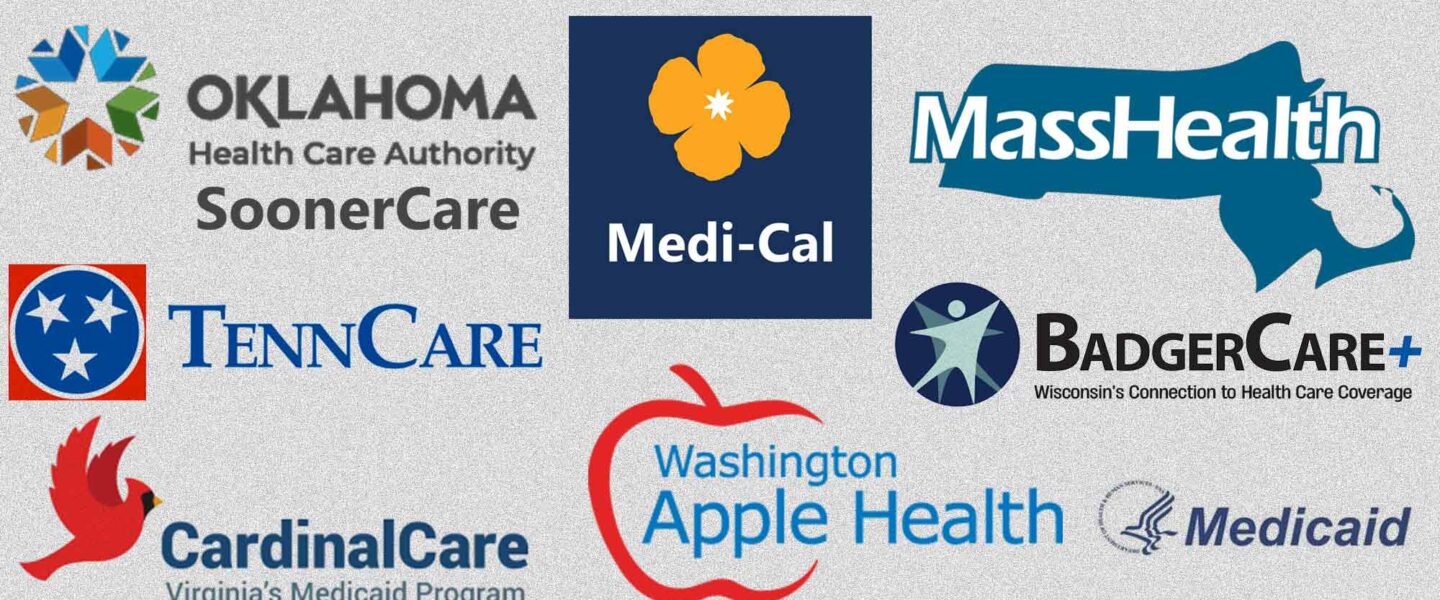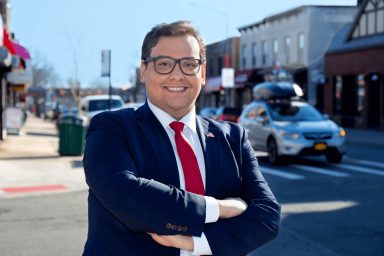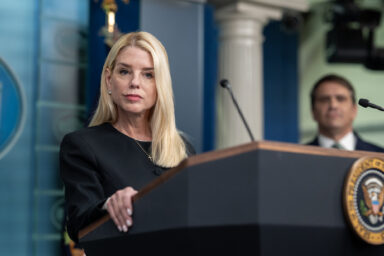What will they do when they find out? Turns out “socialized medicine” was keeping them alive — until the GOP cut it.
|
Listen To This Story
|
Over 85 million Americans rely on Medicaid, Medicare, or CHIP (Children’s Health Insurance Program), mostly through renamed state programs. But decades of GOP-led privatization, and accompanying propaganda, have obscured the link between these state programs and their federal safety net foundations — hiding the fact that those federal programs are the backbone of American health coverage.
A 2024 Kaiser survey found nearly 1 in 3 Medicaid enrollees didn’t know they were on Medicaid; many thought they had private insurance.
That confusion had serious consequences: The One Big Beautiful Bill Act cut up to $1 trillion from Medicaid with barely any public outcry. Why the shrug?
Most people didn’t understand that it would deeply affect them, their families, and their communities. This isn’t accidental — it’s been a long-running GOP strategy to discredit public health care while quietly gutting and privatizing it.
This same privatizing strategy was used to dismantle the public education system. In fact, it predates President Ronald Reagan’s 1976 book, Call to Action, which absurdly labeled secular or fact-driven public schools as a “monopoly” and promoted tax vouchers to divert funds toward largely unregulated agenda-driven private/religious schools.
For years, Republican leaders and media have blurred distinctions between state insurance, Medicare, Medicaid, and the Affordable Care Act (ACA, aka “Obamacare”), using labels like “government-run” or “socialized medicine” to generate fear and block expansion:
- Mitt Romney called Medicare/Medicaid flawed “government-run health care.”
- Conservative media also labels Medicare/Medicaid “government-run health care.”
- Donald Trump accused Medicare/Medicaid of being “socialized medicine.”
Yet none of these parties acknowledge that over 80 million Americans are enrolled and cared for in these state programs that are funded by Medicaid — but use different names.
Morning Consult reported that in the 2024 election, 49 percent of Medicaid recipients voted for Trump. It also noted that 18 percent of Trump voters said they personally use Medicaid. The first number suggests that a lot of Trump voters are in for a rude awakening; the second number suggests a large proportion of Trump voters are unaware of their dependency on now-slashed Medicaid for their own health coverage.
Same Program, Different Name
Owing to decades of propaganda, many associate Medicaid with “welfare,” or believe it’s only for the unemployed. In truth, most enrollees are working families, children, seniors, and people with disabilities.
The reality is that over 60 percent of non-elderly Medicaid recipients work low-wage jobs without health benefits.
Most states have rebranded Medicaid to the point of obscurity. These programs are all still Medicaid, but residents have no idea that such is the case. For example:
- California: Medi-Cal
- Massachusetts: MassHealth
- Washington: Apple Health
- Tennessee: TennCare
- Oklahoma: SoonerCare
- Virginia: Cardinal Care
- Wisconsin: BadgerCare
This rebranding conveniently lines up directly with the long strategy to make cuts politically easier by distancing the public from the federal program funding their care.
Private Branding, Public Money
The confusion deepens because most Medicaid enrollees carry cards from private insurers like UnitedHealthcare or Centene, masking that their coverage is publicly funded. These companies run Medicaid under state contracts but obscure its government source.
Kaiser and Medicaid.gov report 72 to 90 percent of enrollees are in managed care — about 71.4 million people, or 23 percent of the US population, per Pew Research Center. Managed care is the default in 41 states and DC; only Alaska, New Hampshire, and Wyoming have completely opted out.
The remaining states — Colorado, Connecticut, Idaho, Maine, South Dakota, and Vermont — use managed care selectively, showing a more nuanced approach than either default or opt-out.
Why It Matters
Millions are going to lose coverage without knowing Medicaid was behind that coverage and, therefore, without realizing Trump’s Big Beautiful Bill had them in its crosshairs. GOP-backed policies hid government support while attacking it, and the media failed to clarify the threat. This isn’t mere confusion — it’s strategic.
Democracy can’t function without informed consent.
What To Do
The bill has already been passed and signed — the cuts are now law. But the fight to protect and restore Medicaid isn’t over.
If you’re not sure who funds your health care, find out. Check your insurance card. Ask your provider. Research your state’s plan. Understanding what’s been lost is the first step in defending what remains.
Contact your elected officials: Reach out to your US senators and representatives, as well as your state legislators. Let them know you oppose cuts to Medicaid and support public health care.
Participate in public forums: Attend health-related community meetings and/or local government hearings on healthcare policy.
Support advocacy groups protecting Medicaid:
Share what you learn: Educate your family and friends to help build a stronger, informed community.
Vote Them Out
On Tuesday, November 3, 2026, you’ll have the power to act. Here’s what’s at stake:
- All 435 seats in the US House of Representatives (all for 2-year terms)
- Approximately one-third of the US Senate (33 of 100 seats up for six-year terms)
If your elected officials supported the One Big Beautiful Bill Act, it’s crucial to hold them accountable by voting them out. The future of your health care — and that of millions of Americans — depends on it.
All Republicans in both chambers voted for the bill, with these five exceptions:
- House: Thomas Massie (KY) and Brian Fitzpatrick (PA)
- Senate: Susan Collins (ME), Rand Paul (KY), and Thom Tillis (NC)




